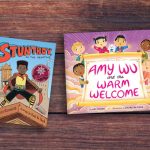Darcie Little Badger’s first two young adult novels are magical, moving, and genre-bending—and they’ve garnered the kind of awards and honors that promise a future of storytelling magic for her growing number of fans. Her first book, Elatsoe (Levine Querido, 2020), blends mystery and fantasy in the story of a teenager who is investigating her cousin’s suspicious death. Along with an extensive list of other honors, it was named one of TIME magazine’s 100 Best Fantasy Books of All Time, and was a Locus Award winner in the First Novel category. Her second title, A Snake Falls to Earth (Levine Querido, 2021), was named a 2022 Newbery Honor Book, was longlisted for the National Book Award for Young People’s Literature, and was included on YALSA’s Best Fiction for Young Adults list, among other accolades. In the novel, Little Badger draws on her background as both a Lipan Apache writer and a scientist with a Ph.D. in oceanography to tell an inventive, ultimately uplifting tale. Her two characters—one from the land of spirits and monsters and one from Texas in the near future—find their lives intertwining as they are each driven to tackle serious challenges that have the power to shape both their worlds and their lives.
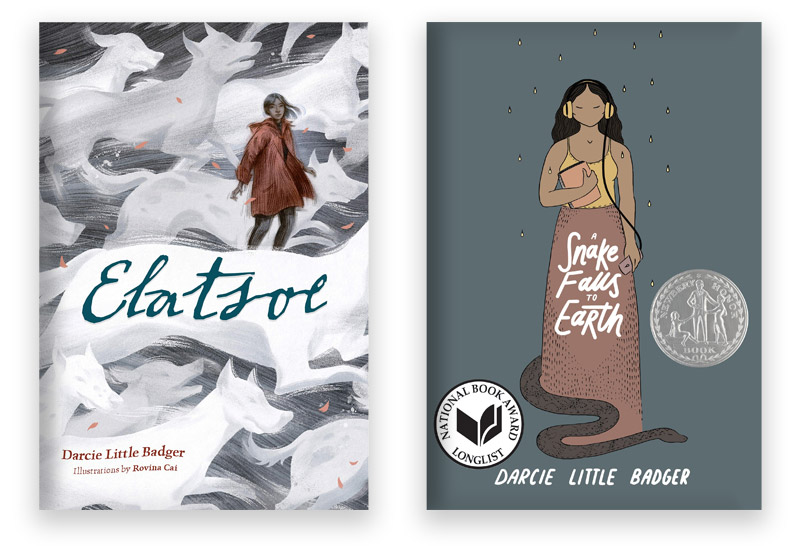
Here, Little Badger talks with Lisa Bullard about drawing on her people’s storytelling traditions, how she came to write for young adults, and why her books will always contain hope.
In A Snake Falls to Earth, you weave together traditional Lipan Apache storytelling with current issues such as climate change and the far-reaching power of internet celebrity. What were your inspirations for this multifaceted story? How did you decide to bring together elements that might on the surface seem to be so disparate?
My first book, Elatsoe, is told from a human perspective (although one of the characters is a ghost dog). However, in one chapter we meet Trickster Coyote, his daughter, and a bat person. Although this scene is very brief, it was lots of fun to write. So, I created A Snake Falls to Earth—with its large cast of animal people ranging from snakes to birds—to recapture that joy. It’s really the book of my heart. Notably, in traditional Lipan tales, animal people (and plant people) are as common and important as humans. As you can guess, my people’s storytelling traditions inspired and influenced A Snake Falls to Earth, which is told through the perspectives of a teenage human named Nina and a cottonmouth snake named Oli.
As a lifelong book nerd, I’ve always loved science fiction, fantasy, mysteries, and horror (especially when the horror includes sci-fi/fantasy elements). I wouldn’t be surprised if my penchant for genre-bending is the result of reading across genres.
A Snake Falls to Earth is partially set in a near-future version of Texas, and partially set in a place called “The Reflecting World,” a totally make-believe realm. It’s been described as a blend of sci-fi/fantasy and/or a work of Indigenous Futurisms. During the writing process, I drew upon both my imagination and my scientific background to inform the story. It was a fun challenge to integrate the two elements.
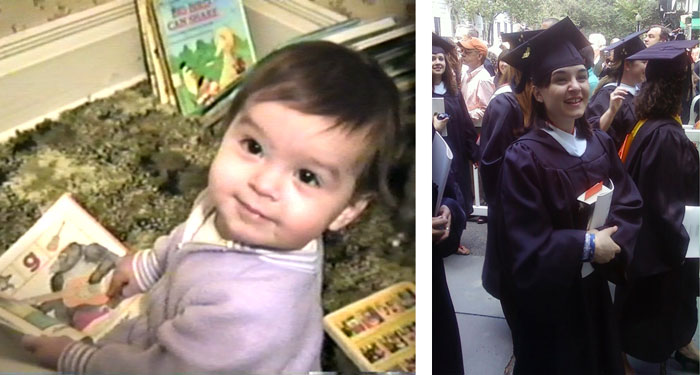
As a lifelong book nerd, I’ve always loved science fiction, fantasy, mysteries, and horror.”
I’m fascinated by the way you switch between—and eventually bring together—the two different worlds and voices in A Snake Falls to Earth. Can you say more about your creative process?
When discussing the writing process, there’s often a distinction made between “planners” and “pantsers.” From what I gather, planners usually outline their writing projects in detail before getting started with the first draft. In contrast, pantsers jump into writing “by the seat of their pants.” Of course, people also fall between the two extremes and can even shift between planning and spontaneity depending on the project. I’m more on the pantser side of things. An idea pops into my head, a highly malleable proto-story, and if it’s enticing, I start writing. Over the course of a book, I constantly ask myself the questions “What happens next?” and “Why is this scene important to the story I want to tell?”
Oftentimes, as the story develops into its final form, big elements change. With each change, I have to go back and rewrite sentences, paragraphs, maybe everything. By the time I type “The End,” the book (especially the beginning) has probably undergone several drafts. Then, I reread it, fix any continuity errors, and send it off to my editor for his input!
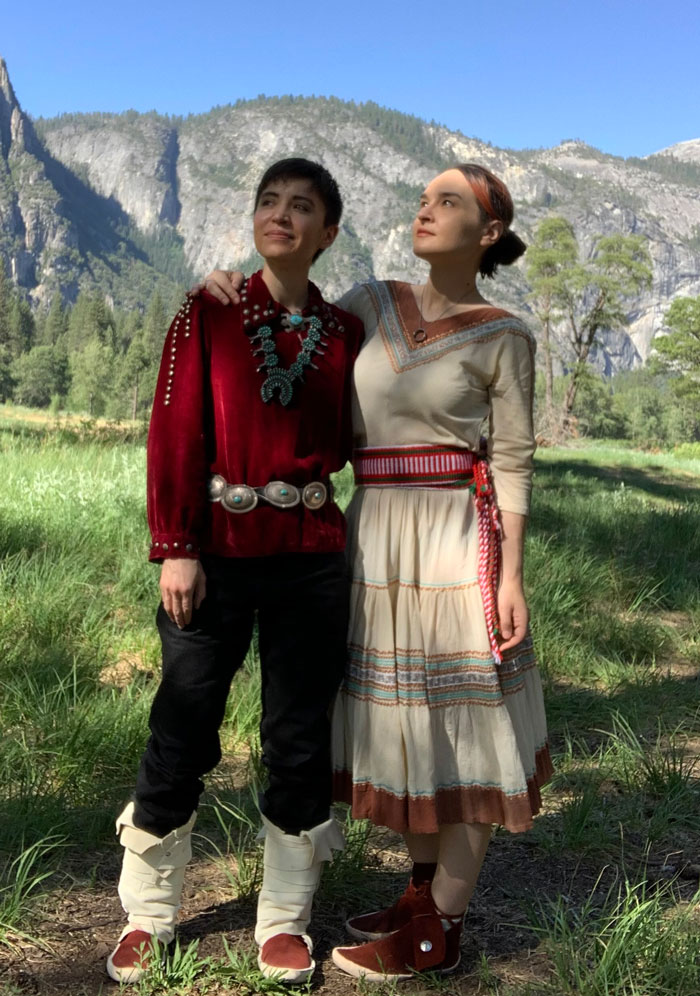
Can you say more about your work being categorized as Indigenous Futurisms?
Although I don’t think of categories as I write, after learning the definition of Indigenous Futurisms, I agree that many of my works fit, especially A Snake Falls to Earth. That’s not surprising, since my art is informed by my life and culture.
Something I love about Indigenous Futurisms is the emphasis on continuity through time, on the important and unbreakable connections between our past, our present, and our future. That’s something I think about daily; I am the product of my ancestors, and my actions will impact generations to come.
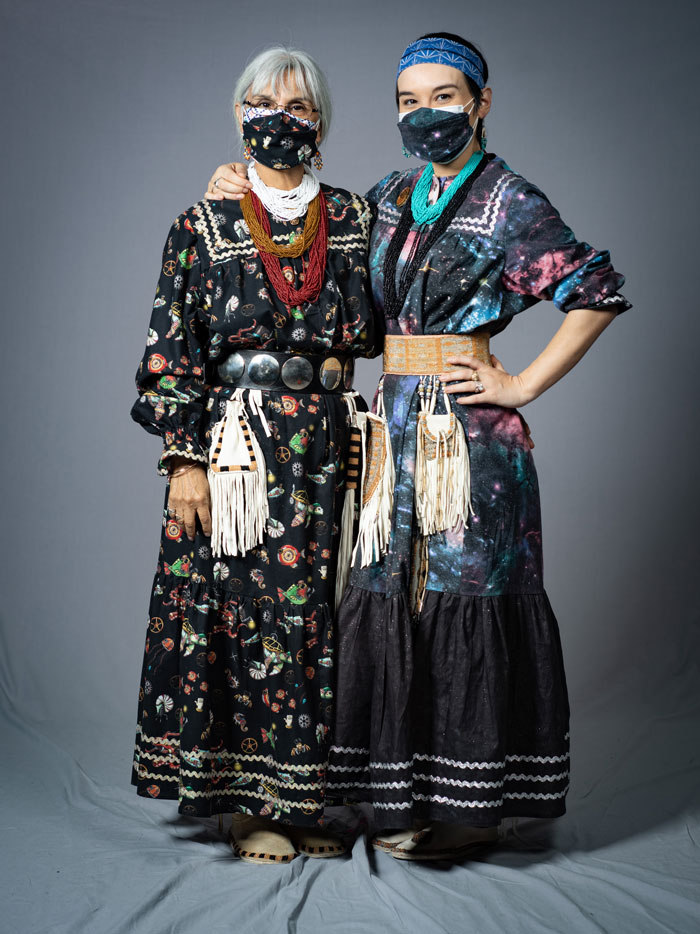
I am the product of my ancestors, and my actions will impact generations to come.”
Did you set out to write for the young adult audience, or did that evolve during the writing process?
As a young adult, reading was one of my favorite activities. I mean, it still is. But books had a particularly important role during my teenage years which were very lonely. When I was in sixth grade, my family moved from Iowa to Vermont, and I didn’t know how to make new friends. It’s strange to say, but the characters in comics and novels kept me company during junior high and high school. Books were my escape, my peace. Their positive impact motivated me to be a YA author. However, I’m also interested in writing adult books and stories.
And now, a brief tangent! It will connect to the main question, I swear! I’m often asked, “Darcie, how do you deal with writer’s block?” The moment I start to struggle with my writing, I pause and take stock of the project, asking myself why my work-in-progress is not (to use a phrase from Marie Kondo) “sparking joy,” why I’m so frustrated with it. Often, I’m unhappy because I need to make a change. It’s like my inner editor is subconsciously objecting through the passive-aggressive form of writer’s block.
Writer’s block is the reason Elatsoe became a young adult novel. Initially, the story of Ellie and her ghosts was supposed to be written as an adult book. Alternate-version Ellie was a twenty-something sleuth who’d just opened her paranormal investigation business. But while writing that adult project, I felt like I was creatively wading through cold molasses. The book was not panning out. So, I paused and thought, “What should I change? What would make this fun again?” And I realized that Elatsoe—at its heart—is about a young woman who is trying to seek justice, even though the odds are stacked against her. Therefore, thematically, I needed Ellie to be a teenager. Youth adds an extra dash of difficulty to her (already challenging) attempt to investigate a murder. For example, Ellie has to ask for permission to borrow her parents’ car and drive to a library. And because of her age, she’s not taken seriously by some of the other characters, especially the powerful villain. In fact, he underestimates Ellie until the very end of the book, when she proves that she’s a formidable match. After switching from an adult to a young adult project, writing went smoothly. Elatsoe was always destined to be a young adult book. Fortunately, I caught on to that quickly!
The characters in comics and novels kept me company during junior high and high school. Books were my escape, my peace. Their positive impact motivated me to be a YA author.”
What are the particular challenges in writing for young adult readers?
Well, I’m in my thirties. Because of the generational divide, I don’t know all the latest young-person trends/slang, which often change rapidly because of the internet, and I certainly don’t know what it’s like to attend high school in the year 2022 (I’m sure some things have changed since the early 2000s). That’s one reason it’s great to be a fantasy writer. Elatsoe takes place in a magical version of Earth. If I happen to get small things wrong, I can just blame it on the alternate universe!
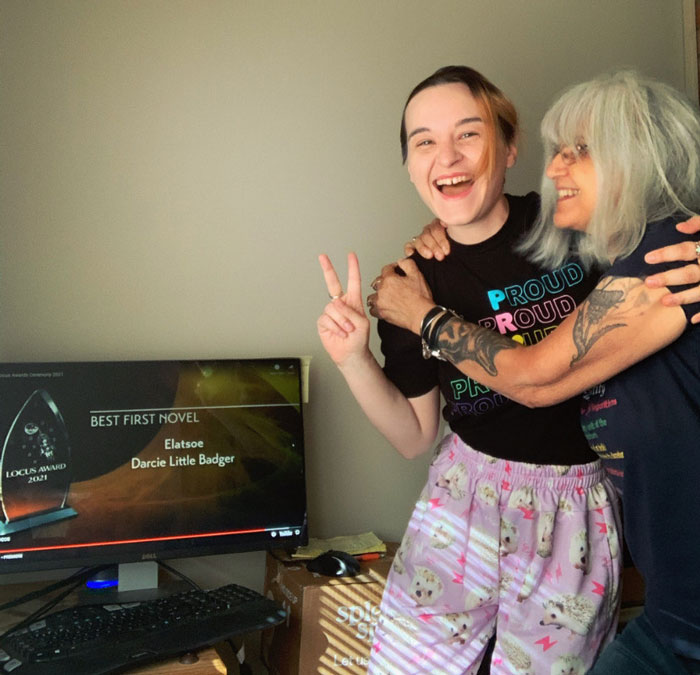
Your stories deal with tough topics and realities—both literal and figurative monsters make regular, terrifying appearances—and yet you still manage to leave me with a great sense of hope as a reader. Can you talk about that dichotomy?
In my experience with personal tragedy and survival, I’ve learned that hope is most important when life becomes bleak and frightening. Hope motivates. Hope comforts. Hope gives us a reason to resist the forces of destruction and apathy, and to fight for something positive, even if it’s a small victory, like watching the sun rise over another day.
My books will always contain hope.
Hope gives us a reason to resist the forces of destruction and apathy, and to fight for something positive.”
Are you able to share details about any of your upcoming books with your fans?
I’m currently working on Mysterious Book #3, another YA fantasy. Although I can’t say much about the details, I hope that fans of Elatsoe and A Snake Falls to Earth will enjoy it!
Additionally, I’m in the early stages of a graphic novel project, as well as a fourth book! Could it be an adult book? Another young adult book? Both? Neither? How many genres will it fuse? Only time will tell!
What are the best ways for readers to connect with you or to follow you on social media?
I’m currently active on Instagram under the username dr.littlebadger. If you want to see selfies, event photos, animals being cute, and the occasional short video, check it out!
Is there anything else you’d like to add?
To anyone who has connected with my stories: thank you for reading. Xastéyó.





